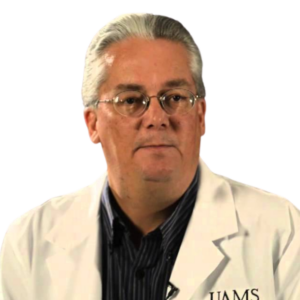
Congratulations to Wayne Wahls, Ph.D., who received a new $1.69 million, four-year grant from the NIH National Institute of General Medical Sciences (NIGMS) entitled “Systematic elucidation of DNA sequence codes.”

Congratulations to Wayne Wahls, Ph.D., who received a new $1.69 million, four-year grant from the NIH National Institute of General Medical Sciences (NIGMS) entitled “Systematic elucidation of DNA sequence codes.”
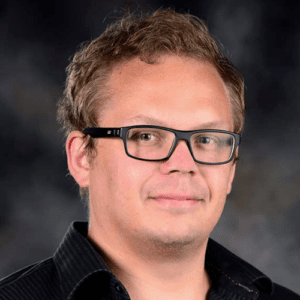
Joonas Jämsén, Ph.D., has joined the Department of Biochemistry and Molecular Biology as an Assistant Professor. Dr. Jämsén earned his master’s and doctoral degrees in biochemistry at the University of Turku in Finland. He completed a postdoctoral fellowship at Cancer Research in the UK (CRUK) in London, and the Institute for Molecular Oncology in Milan, Italy, followed by a postdoctoral fellowship at Washington University in St. Louis.
Since 2014, Dr. Jämsén has served as a postdoctoral research fellow in the Genome Integrity & Structural Biology Laboratory at the National Institute of Environmental Health Sciences, National Institutes of Health (NIH), in Research Triangle Park, North Carolina. Funded since 2018 by an NIH K99/R00 Pathway to Independence award, his research has focused on the molecular architecture of oxidative stress induced double strand break repair.
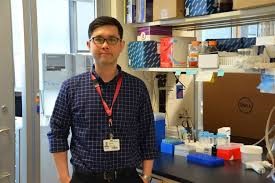
Enhancing scanning electrochemical microscopy’s potential to probe dynamic co-culture systems via hyperspectral assisted-imaging.
Goines S, Deng M, Glasscott MW, Leung JWC, Dick JE.
Analyst. 2022

Effects of Gamma-Tocotrienol on Intestinal Injury in a GI-Specific Acute Radiation Syndrome Model in Nonhuman Primate.
Garg S, Garg TK, Wise SY, Fatanmi OO, Miousse IR, Savenka AV, Basnakian AG, Singh VK, Hauer-Jensen M.
Int J Mol Sci.

Discovery of a dual WDR5 and Ikaros PROTAC degrader as an anti-cancer therapeutic.
Li D, Yu X, Kottur J, Gong W, Zhang Z, Storey AJ, Tsai YH, Uryu H, Shen Y, Byrum SD, Edmondson RD, Mackintosh SG, Cai L, Liu Z, Aggarwal AK, Tackett AJ, Liu J, Jin J, Wang GG.
Oncogene

Congratulations to Alan Diekman, Ph.D. on receiving his 10th Golden Apple Award from the freshman medical students.
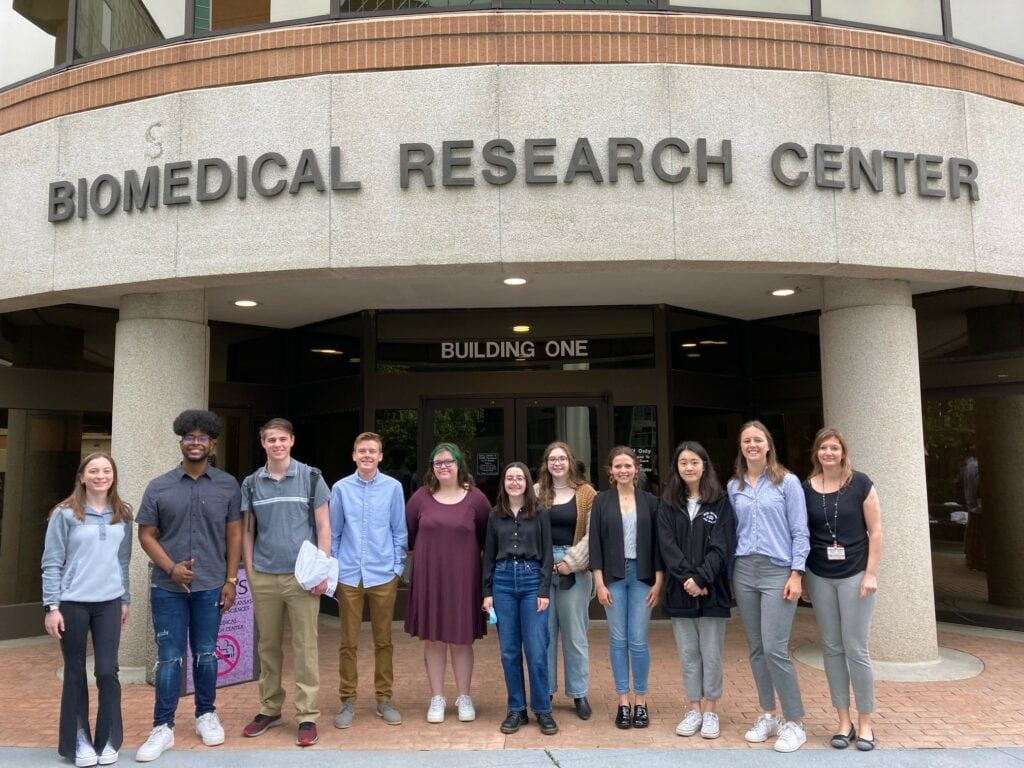
The Biochemistry and Molecular Biology Department is pleased to welcome our 2022 Summer Undergraduate Research Fellowship students for 10 weeks of research.

Congratulations to Dr. Alan Diekman, Professor in the departments of Biochemistry and Molecular Biology and Urology, who received the Distinguished Mentor Award from the American Urological Association and Urology Care Foundation at the AUA annual meeting in New Orleans on Saturday. The award recognizes Dr. Diekman for his work with medical students in the area of urology research and his long track record of providing an excellent training environment for early-career investigators.

Congratulations to Sayem Miah, PhD who was selected as a KL2 Scholar for the TRI’s KL2 Mentored Research Career Development Scholars Program for 2022-2023. Dr. Miah will receive two years of funded support and mentored translational research training. The program selects scholars through a competitive application process and provides 75% salary support and up to $25,000 a year for research, tuition, travel and education.
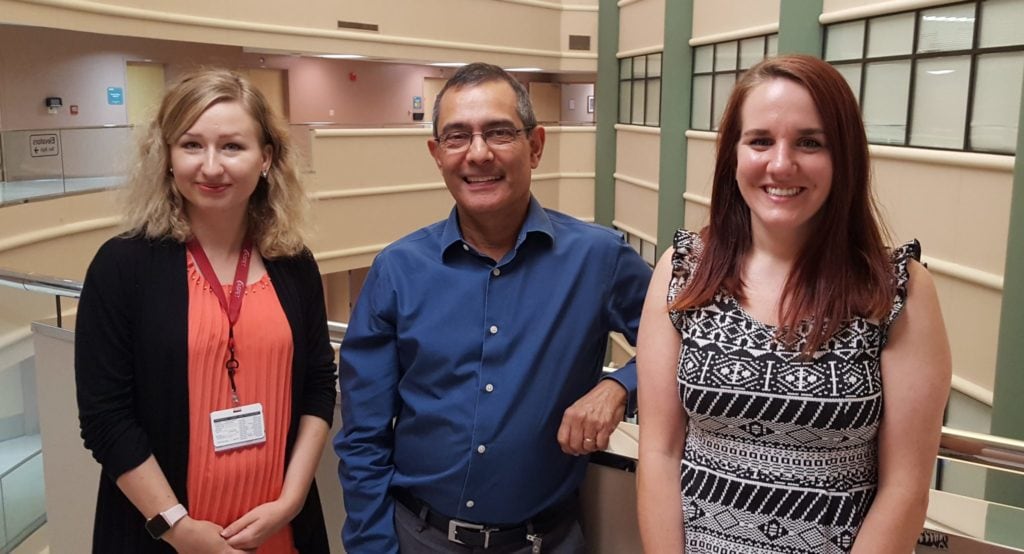
Primary acute lymphoblastic leukemia cells are susceptible to microtubule depolymerization in G1 and M phases through distinct cell death pathways.
Delgado M, Rainwater RR, Heflin B, Urbaniak A, Butler K, Davidson M, Protacio RM, Baldini G, Edwards A, Reed MR, Raney KD, Chambers TC.
J Biol Chem. 2022
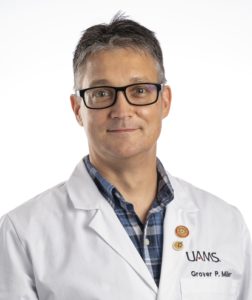
A shout-out to Dr. Grover Miller, Professor of Biochemistry and Molecular Biology, on being named as an Associate Editor for the Drug Metabolism and Transport section of Frontiers in Pharmacology. The specialty section covers regulation of drug metabolizing enzymes and transporters, genetic variability and polymorphisms, design of innovative tools for determining drug metabolism and transport, in vitro to in vivo extrapolations, and effective drug design.
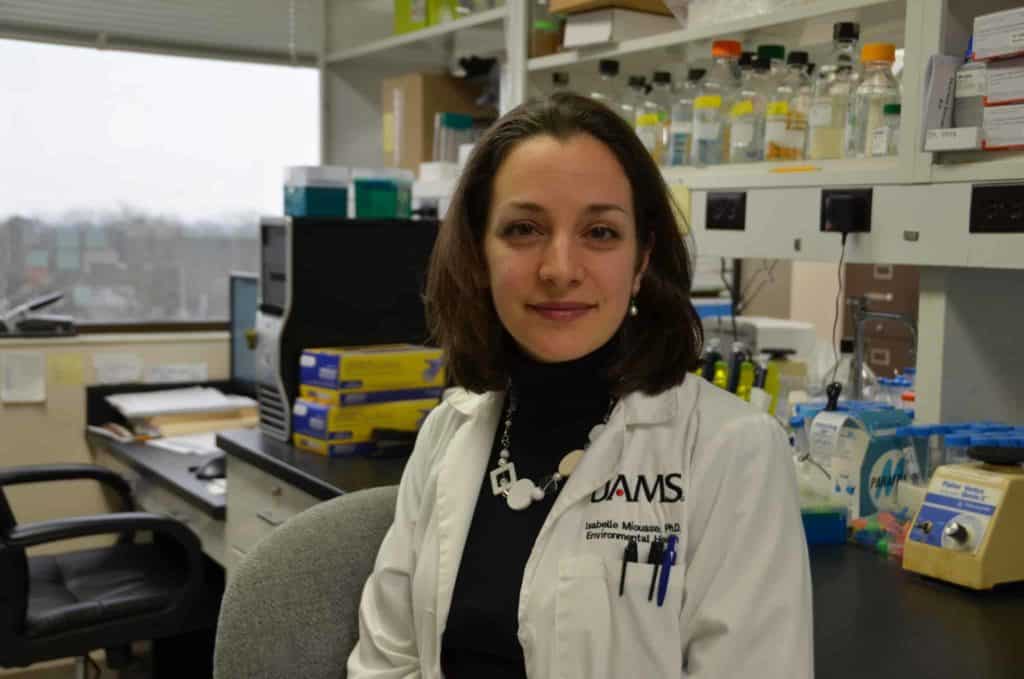
Congratulations to Isabelle Racine Miousse, Ph.D. who won the Overall Impact Award for her poster presentation of “Dietary Methionine Restriction Improves the Response to Immune Checkpoint Inhibitors” at the UAMS Translational Research Institute (TRI) Research Day on April 5th.
